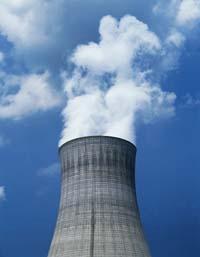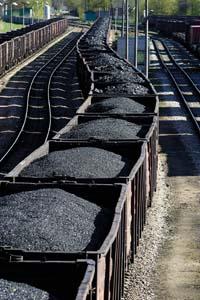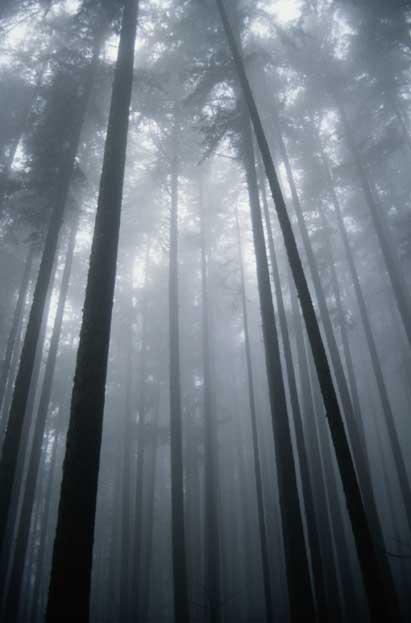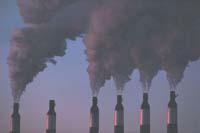The two extremes
2007/12/12 Carton Virto, Eider - Elhuyar Zientzia

All these agendas have communicated a clear (quite) and unified (quite) objective: to reduce greenhouse gas emissions. However, from there, that is, within the scope of the objective and the strategies, channels and deadlines of access, the message is not clear or unified. The development of renewable energies, the reduction of energy consumption, the increase of the efficiency of energy systems, the imposition of specific taxes, the change of society model, etc. on the table. Next to them, nuclear energy and coal. One and the other, for very different reasons, are taking center stage among those strategies that are not clear and do not create convergence.
If we look at its greenhouse effect, we must place nuclear energy and coal at each end of the chain. In fact, the first bet is that it does not increase the greenhouse effect because nuclear power plants do not emit carbon dioxide into the atmosphere. And at a time when sensitivity to climate change has increased, this feature has come very well to the decline of the nuclear sector. According to data from the World Nuclear Energy Association, in the last 20 years the contribution of nuclear power to total electricity production has hardly changed (16-18%) and the trend has been more descending than ascending. In Europe and the United States, no new power plants have been built for some time and, in the face of the rejection of society, it seemed that the nuclear industry had closed its development paths. Now, with green arguments against climate change, building new nuclear power plants has become an opportunity to consider. Its proponents claim that they are safe, that the issue of nuclear waste is resolved by depositing in geologically stable deposits in the subsoil (although none has yet been built) and that, despite its dangerousness, climate change is more dangerous and difficult to control.
With the other energy source of the chain, the opposite happens: green arguments cannot yet be used to defend it as an alternative. On the contrary, as far as electricity production is concerned, coal plants are the ones that have been imposed as champions.

And yet in recent decades it has evolved far more than the nuclear power sector: coal production has almost doubled in the last 25 years, and currently 40% of the electricity generated in the world is obtained through coal combustion plants. Looking ahead, it seems to have a good chance of continuing to grow, among other things because there is coal for almost three times more years than oil. The coal industry, aware of this, is making a great effort in recent years to increase the efficiency of coal technologies and to capture and prevent the emission into the atmosphere of carbon dioxide that comes off when burned. They have not yet managed to apply it competitively on a large scale, since it is cheaper to emit carbon dioxide than to capture it, but as the greenhouse gas emission regulations are developed, defined and applied, competitiveness factors will change.
It remains to be seen which of the innovation strategies of the energy model is going to be reinforced, but it does not seem that we have to wait long to know what will happen with the two extremes. They, at least, are willing to take advantage of it.
Published in Berria

Gai honi buruzko eduki gehiago
Elhuyarrek garatutako teknologia






